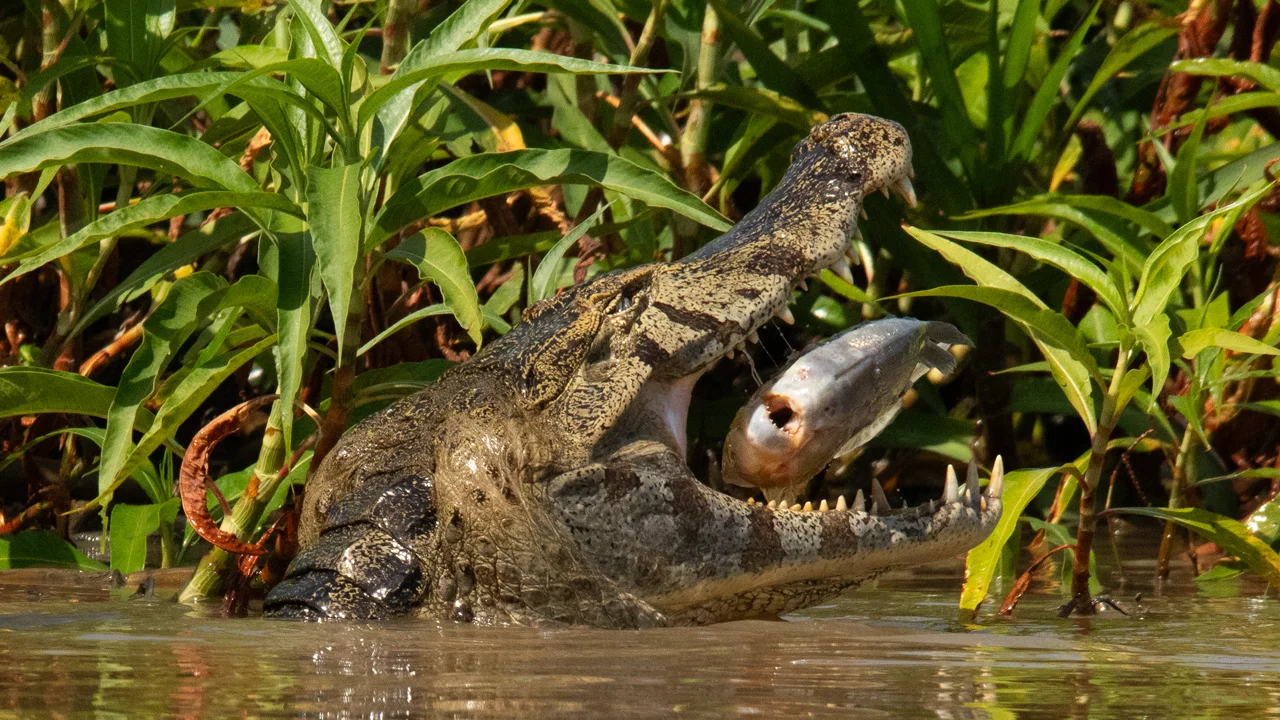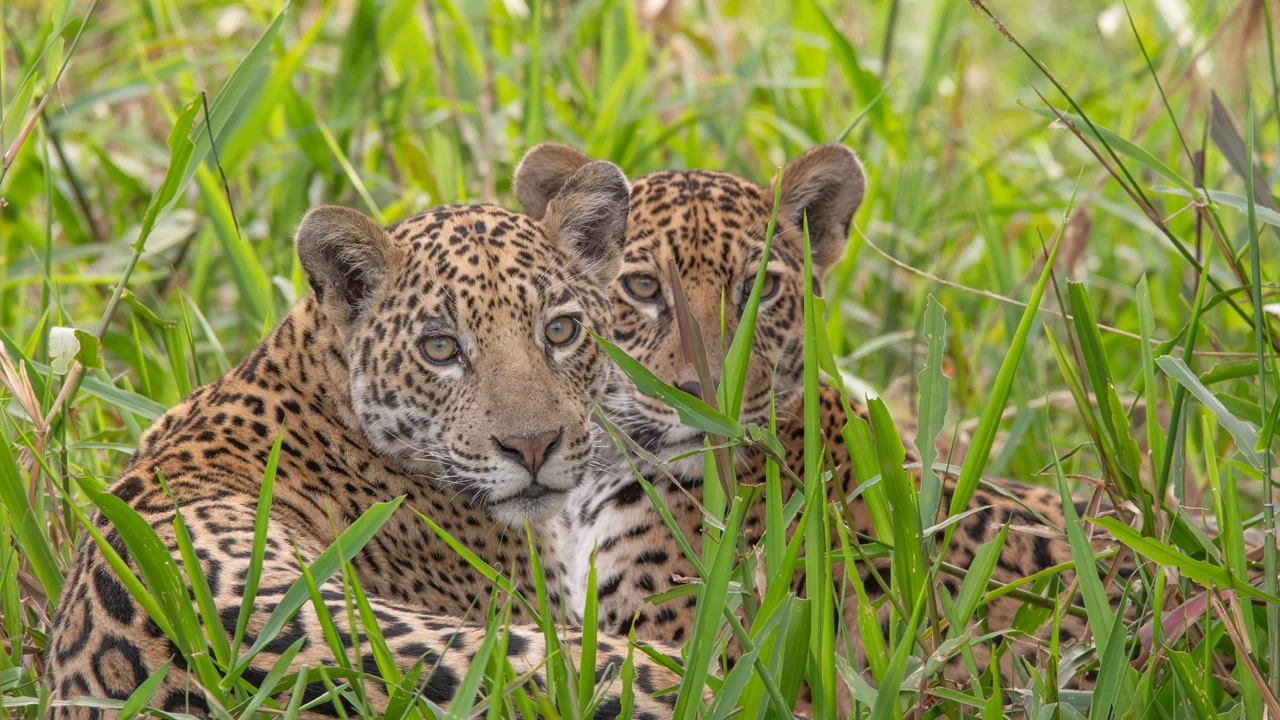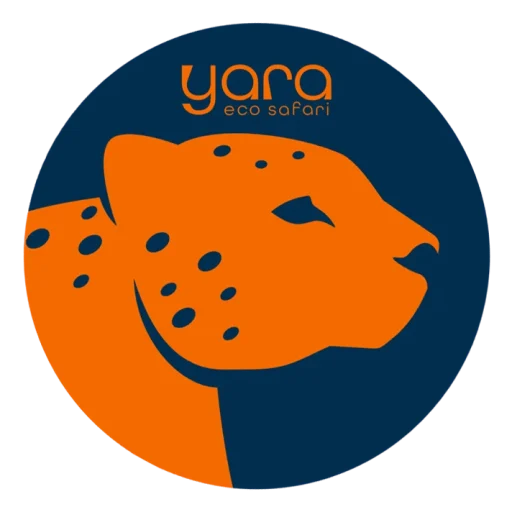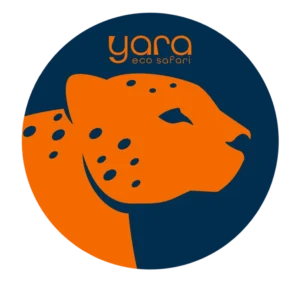Wildlife photography has the power to inspire action and connect people with nature. But behind every photograph lies an important question: am I helping or harming the very animals I admire? In the Pantanal wetlands of Brazil, where jaguars, giant otters, and hyacinth macaws live side by side with eco-tourists, this question is more than philosophical—it’s essential. At Yara EcoSafari, we believe the answer is yes: you can photograph wildlife ethically, without disturbing or endangering it. Sustainable Safaris make this possible. Here’s how.
No chasing. No crowding. No stress.
The first rule of ethical safaris is respecting animal boundaries. Jaguars, for example, are powerful apex predators, but they’re also highly sensitive to human intrusion. That’s why we: Never rev engines or chase animals downriver.
Avoid surrounding or cornering wildlife.
Observe from a respectful distance, letting the animal set the pace.
This approach follows international best practices from organizations like the International Ecotourism Society and ICMBio ([Link Externo: http://www.icmbio.gov.br/] – Resolve Outbound Link), which oversees protected areas such as the Encontro das Águas State Park. 👉 Related post: From Tracking to Click: How We Find Jaguars on the River ([Link Interno])
Certified biologist guides: guardians of the Pantanal
Unlike many tour operators, our guides are not only boat drivers—they are trained biologists. This makes a world of difference: They can recognize stress signals in jaguars, otters, and birdlife.
They know when to back off or reposition.
They enrich your safari with insights into ecology, behavior, and conservation science.
Guided by scientific principles, they ensure every experience benefits both the visitor and the wildlife. For more on this philosophy, see the Society for Conservation Biology and WWF-Brazil, which highlight the importance of combining education with tourism. 👉 Related post: How to Photograph Jaguars in the Wild: Tips from Our Biologists ([Link Interno])
Non-invasive monitoring and research
In the past, wildlife tourism often relied on invasive methods like GPS collars or tagging. Today, the Pantanal is a leader in non-invasive monitoring: Jaguars are identified by their unique rosette patterns—like fingerprints.
Camera traps and photo databases help track individuals without capturing or disturbing them.
Collaborative efforts like the Jaguar ID Project provide vital population data while keeping animals wild.
This method ensures you’re photographing a jaguar that is free, unmarked, and undisturbed—exactly as it should be. 👉 Related post: Why Do Jaguars Have Names? ([Link Interno])
Tourism that protects, not exploits
When done right, your visit directly supports conservation: Eco-lodges and safari agencies employ local communities, reducing pressure on natural resources.
NGOs like the Blue Macaw Institute ([Link Externo: https://www.institutoararaazul.org.br/] – Resolve Outbound Link) reinvest funds into species recovery programs.
In the Pantanal, responsible eco-tourism is one of the most effective tools for preserving the jaguar’s habitat—making your safari part of a global conservation effort. Choosing Sustainable Safaris is vital.
Why this matters for photography
The most powerful images are the ones that tell the truth of the wild. A jaguar lounging naturally on the riverbank. A giant otter family playing without fear. A hyacinth macaw feeding its chick in the open sky. These authentic moments only happen when animals are free to behave naturally. Ethical practices aren’t just good for wildlife—they’re the key to extraordinary photography.
Final lens: choose wisely
Not all safaris are created equal. Some operators prioritize speed and numbers over ethics. But in the long run, these practices harm both animals and the future of wildlife tourism. At Yara EcoSafari, we stand for something different: Animals before ego.
Conservation before convenience.
Education before exploitation.
So yes, you can photograph wildlife without harming it—if you choose a safari that is designed with respect, science, and sustainability at its core. Sustainable Safaris are the future.






